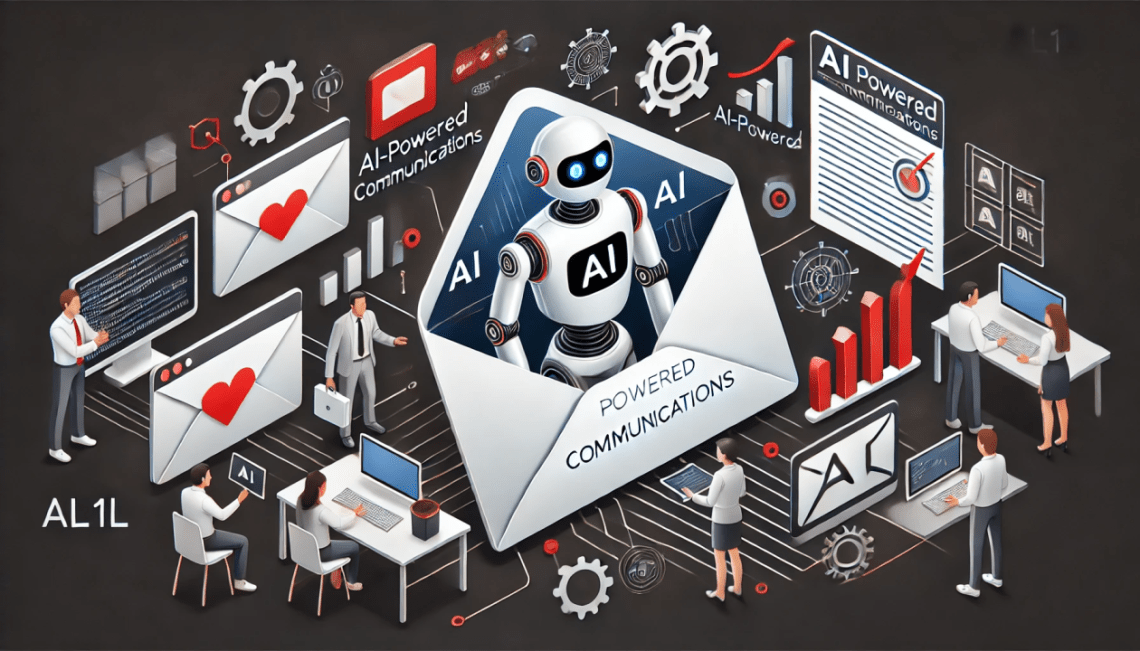The landscape of Conversational AI is poised for a transformative evolution by 2025, promising to redefine human-computer interactions. As we look toward the future, several key developments are set to emerge, fundamentally altering how businesses and consumers engage with AI-powered systems.
1. Hyper-Personalization: The next wave of AI will usher in hyper-personalized interactions, offering users highly tailored experiences. These advanced systems will recall individual preferences and predict needs with remarkable accuracy, enhancing customer satisfaction and fostering deeper connections across industries such as retail and healthcare.
2. Multimodal Interfaces: Future AI systems will integrate text, voice, images, and gestures, creating a more unified and natural user experience. This evolution will transcend current text-based models, enabling applications across sectors like smart home management, education, and healthcare to become more intuitive and engaging.
3. Emotion Recognition: Emotionally intelligent AI will soon be capable of interpreting mood through voice tone, facial expressions, and word choice. By responding empathetically, these systems will enrich user interactions, providing a more human-like communication experience that resonates with users on an emotional level.
4. Real-Time Multilingual Communication: The globalization trend demands seamless language translation capabilities. By 2025, conversational AI will facilitate real-time communication across languages, expanding reach and inclusivity for organizations aiming to engage with diverse global markets.
5. Industry-Specific Applications: Customized AI solutions will cater to specific industry needs, from healthcare automation to financial advisories. This focus will enable businesses to leverage AI for bespoke challenges, driving value and efficiency in operations.
6. Integration with IoT: The synergy between AI and IoT will enhance smart ecosystems, allowing natural language commands to control connected devices. This integration will advance the functionality of smart homes and wearables, aligning technology with user convenience.
7. Enhanced Security: As AI adoption grows, robust security measures will be paramount. Future systems will incorporate encryption, multi-factor authentication, and comprehensive data protection, ensuring safe and trustworthy AI interactions.
8. Sustainable AI Practices: The push for sustainability will influence AI development, prioritizing energy efficiency and reduced environmental impact. This approach aligns technological growth with global sustainability goals, fostering a balance between innovation and ecological responsibility.
In conclusion, the trajectory for Conversational AI by 2025 is set to surpass current capabilities, offering smarter, more empathetic, and customized interactions. With advancements in personalization, interface design, and security, AI-powered communication will seamlessly integrate into daily life, providing substantial value across various domains.
- AI Products
For startups
For Professionals
- AI Services
For corporations
For Goverments
For Professionals
- Consulting
For corporations
For Goverments
For Professionals
- About
- Cases
- AI Products
For startups
For Professionals
- AI Services
For corporations
For Goverments
For Professionals
- Consulting
For corporations
For Goverments
For Professionals
- About
- Cases

